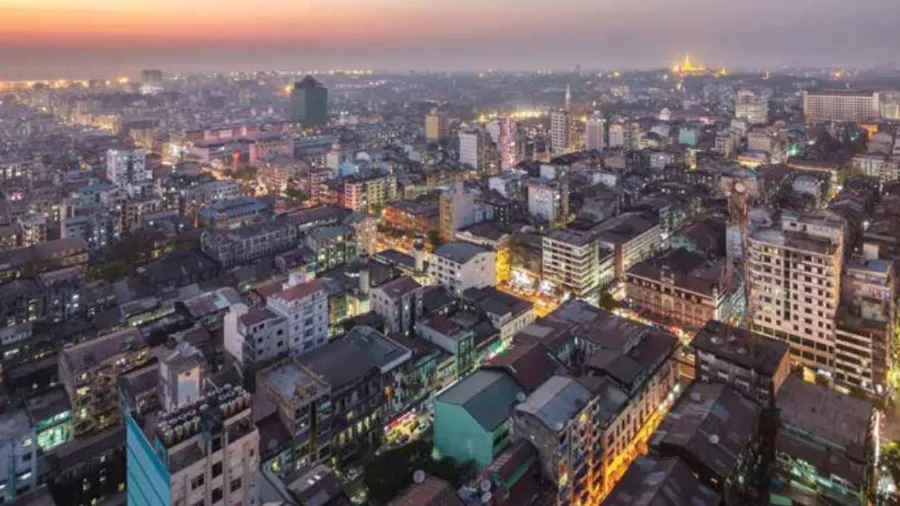
Myanmar lavishes on power infrastructure
It's high time for Myanmar to tap its power sector.
The 2010 election marked the start of Myanmar’s transition from a predominantly military-ruled government into one that was democratic and open. After being stagnant for almost 60 years, indications pointed towards the economy finally getting off the ground, and appetite from investors and donors is only likely to keep improving as the country progresses.
Since then, the country has achieved a number of milestones such as the EU and US lifting economic sanctions on Myanmar in 2012, and key legislation for business and capital markets development being passed in the subsequent years. However, the turnaround has not been without headwinds as physical infrastructure has yet to catch up to the rapidly improving regulatory environment.
One key component of infrastructure that has been lagging for Myanmar is power, especially in terms of total installed capacity. The country, although small, currently has an installed capacity of only 4,422MW and a firm capacity of 1,655MW versus a peak demand in 2014 of 2,400MW.
Demand has been growing at a CAGR of 15% since 2009, and think tank, KRW International expects this to continue growing at 10-15% or twice projected GDP. Capacity, on the other hand has not been growing at the same pace with total installed capacity staying flat at around 3,500MW from 2009-2013 and increasing to current levels in 2014, which implies a CAGR of 4.8%. Capacity buffer looks quite tight with the peak load much greater than firm capacity, which manifested in demand exceeding total available capacity multiple times in the past few years. This, in addition to unstable frequency control and load shedding between 8-11am led to certain regions seeing 12-16 hour blackouts according to a recent report by the Asian Development Bank. Power is a key component of economic development and governance, and could hamper the growth of a high-potential emerging market such as Myanmar.
The ubiquity of electrification is the backbone of key development drivers such as education, healthcare and industrial development, along with other sectors such as tourism, telecommunications and financial services. In response, the Myanmar government has been making efforts in order to engage investors and development partners such as the World Bank, ADB and Japan International Cooperation Agency (JICA) to gather the resources to undertake large infrastructure additions. According to KRW, investor appetite has been healthy, as “foreign leaders, executives, investors and other parties’ crowd Yango and Naypyitaw to position themselves for this major infrastructure upgrade, and to partake in the decades of strong growth forecast in Myanmar moving forward.”
Myanmar currently has a lot on its plate with regards to the absolute amount of additional capacity needed, but also has a long way to go in terms of penetration of electricity access in the county. The World Bank estimates that only 52.4% of the total population has access to electricity, and this figure is even lower in rural areas where the rate is only 32%. A recent census conducted by the country’s Department of Population indicated that about 69% of the population was still using kerosene, candles or batteries as the main energy sources for their lighting needs. The Center for Strategic International Studies (CSIS) notes three key points for the development of the country’s power situation - addressing the supply-demand balance, extending the national grid, and creating the proper legal and regulatory framework to encourage and incentivise investment.
Capacity Additions Must Be Addressed Immediately
In response to the need to increase capacity, the Ministry of Electric Power (MOEP) has been actively identifying sources of additional capacity, already identifying 302 hydropower projects representing potential capacity of 46,330MW and another potential 40,000MW of projects from other sources that could be constructed near the Thai Border. Hydro is currently the largest source and represents 68% of total capacity, or 3,005MW. This represents a challenge given that only 33% of this capacity, or 986MW, is rated as firm capacity, given that the dry season massively impacts the ability of these plants to generate. More consistent sources of power represent a much lower portion of the total energy mix, with gas at only 28%, and coal only at 3% of total installed capacity.
The country is looking to continue growing the percentage coming from sources that have a higher percentage of “firm capacity” such as coal and gas. The 405MW coal-fired Mai Khot plant is already under construction, which should provide a 9% increase to total installed capacity. An additional 600MW of coal power is already in the pre-permit development stage, and more than additional 4,000MW in the feasibility study stage. There has also already been a tender request for the 200MW Yangon plant and 75MW Myingyan plant, which are both gas-fired.
Increasing Electrification Rate
As to increasing electricity penetration, grid extension and localisation of power sources present two solutions to the country’s very low electrification rate. According to KRW, “extending the national grid to rural populations is the most efficient strategy for national electrification, both economically and technically speaking.” The think tank notes that this would be much easier to scale, which both helps affordability by reducing generation cost per unit, along with having the ability to draw and distribute power from multiple sources. The key downside to this would be the large capital requirements to cover the entirety of the country, which may be a tough sell given that investors are likely to choose projects which cover urban centres and industrial zones.
The bankability of projects will be a key consideration, and areas where demand and incomes are higher are more likely to be able to provide adequate returns on capital invested. Off-grid electrification may be a more feasible solution, given the effort and cost involved in expanding grids to these remote regions. For the rural areas of Myanmar, “off-grid systems such as solar panels, micro-hydropower turbines, generators and traditional biomass must be examined”. According to KRW. solar power is continuing to gain traction as a popular means of off-grid electrification with 130 villages already tapping this source as of 2013, supported by regional governments’ cost sharing programs.
Support Infrastructure and Spurring Investor Appetite Will be Key
Perhaps the most common headwind to private-sector led infrastructure development in emerging markets is the regulatory environment, and the enforceability of contracts, especially with regards to tariff or rate increases. According to the CSIS, “entrants remain cautious as Myanmar’s power sector does not yet have standardized practices for joint ventures and power purchase agreements (PPAs) and thus requires time-consuming, case-by-case negotiations.” Sunaloob Renewable Energy managing director, Evan Scandling, notes that the abundance of opportunity may be balanced out by uncertainty and the lack of clarity in process. “There is no model PPA. There are no feed-in-tariffs. Even securing a suitable bank loan is next to impossible for many companies” says Scandling.
However, April 2015 marked an important milestone with regards to development of the country’s regulatory infrastructure as it completed the first competitive bidding for an IPP. Singaporean company, Sembcorp Industries won a bid to operate a 225MW gas-fired plant under a 22-year PPE with a MOEP-backed take-or-pay agreement for the offtake of Myanmar Electric Power Enterprise. This is expected to serve as the template for future agreements, which helps to allay much of the uncertainty. Financing will be another key component of the support infrastructure that will be vital to the success of this sector. Accessing capital to undertake these large projects remains a challenge, given that most borrowers, especially local energy entrepreneurs, are currently limited to one-year loans at 13% according to CSIS.
This presents a huge asset-liability mismatch given the S-curve shaped cash flows of power projects, in addition to the expensive financing rate hiking up the hurdle rate. Financial reforms are currently in place, such as the liberalisation of the banking sector. Several foreign banks have begun launching their operations in the country following the issuance of final licences to a number of these institutions. Social enterprises such as Proximity Designs have also come in to begin providing credit to rural mini-power projects, offering one-to-four month loans for solar lanterns and home lighting systems. The proper support system to facilitate and incentivise investment to the sector will be a key success factor moving forward, and developing schemes such as feed-in-tariffs and financing facilities should remain a priority for the relevant regulators.
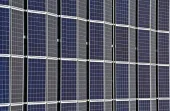


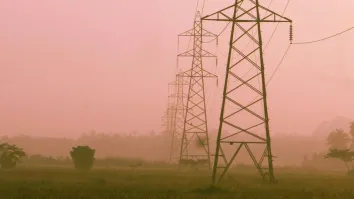
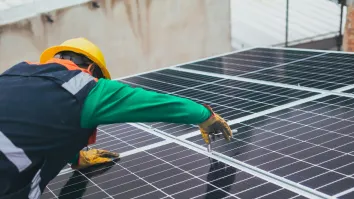





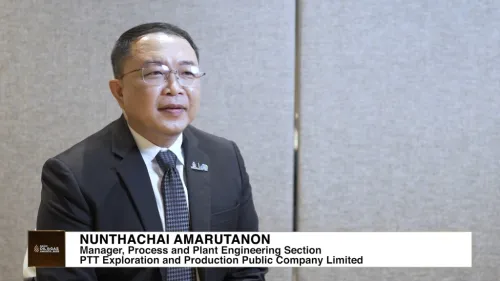


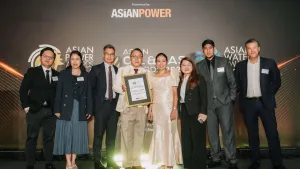





 Advertise
Advertise








